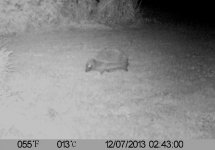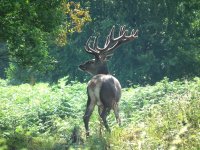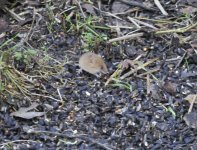Johny121
Birds
I haven't even noticed many flat ones on the road. 
Hi there,
I had a "flat" in a grass verge in bowthorpe the other day, although it was more of a "mowed" as I think one of the council's infernal verge cutters had hit it. 2 last year in my garden, none this year. We all know hedgehogs are declining, maybe we are now beginning to see it.
Also, thinking earlier today about bats and a few of the rarer rodents. Not quite sure how to go about seeing some of Norfolk's bats, and Im clueless when I do see one, so if any one can suggest some information on bat groups/walks I would greatly appreciate it. Or individuals who would be happy/interested to see some of our smaller mammals please get in touch and maybe we can get a few people together to see them!
KR
Hi there,
I had a "flat" in a grass verge in bowthorpe the other day, although it was more of a "mowed" as I think one of the council's infernal verge cutters had hit it. 2 last year in my garden, none this year. We all know hedgehogs are declining, maybe we are now beginning to see it.
Also, thinking earlier today about bats and a few of the rarer rodents. Not quite sure how to go about seeing some of Norfolk's bats, and Im clueless when I do see one, so if any one can suggest some information on bat groups/walks I would greatly appreciate it. Or individuals who would be happy/interested to see some of our smaller mammals please get in touch and maybe we can get a few people together to see them!
KR
Last edited:







